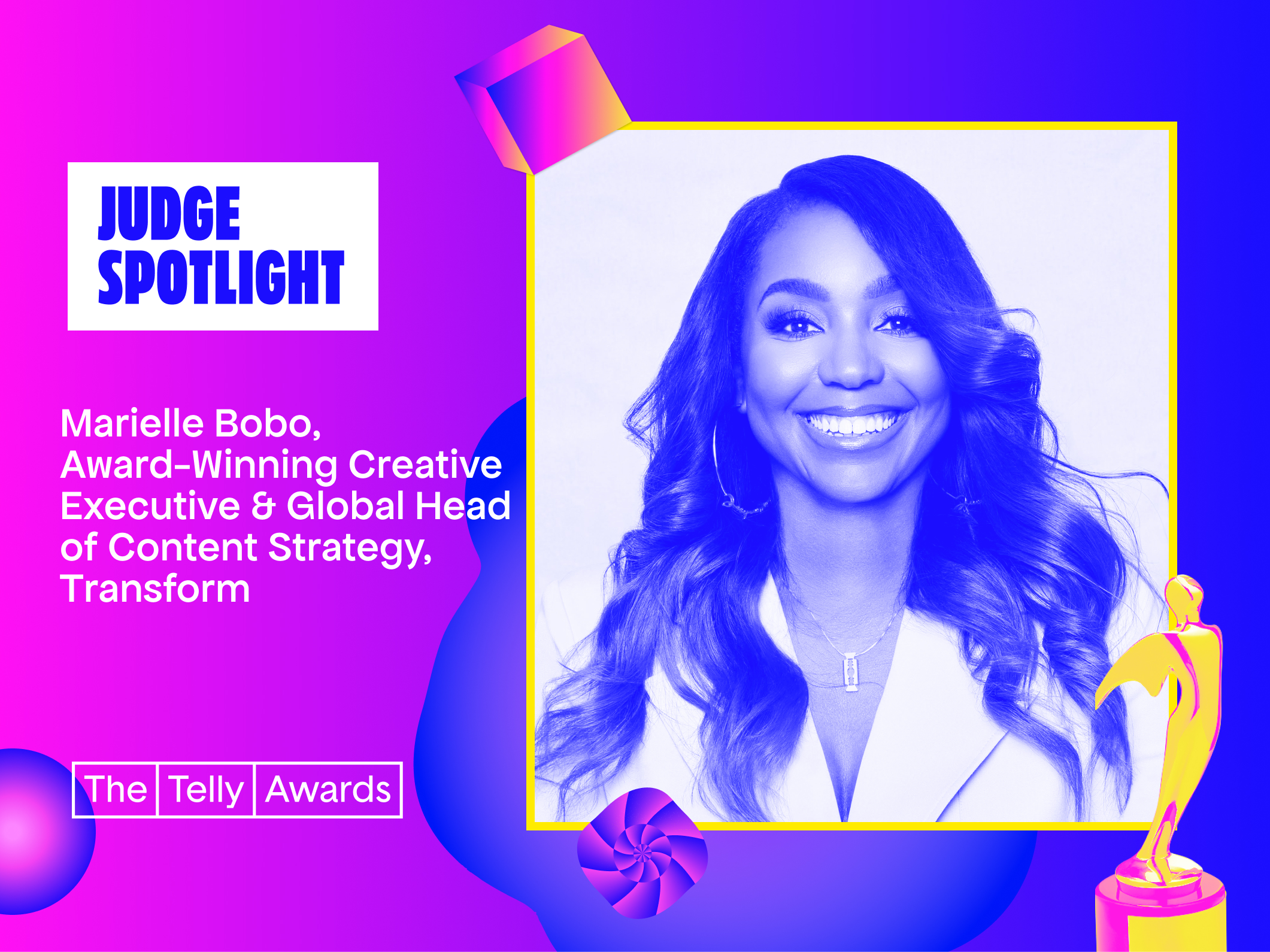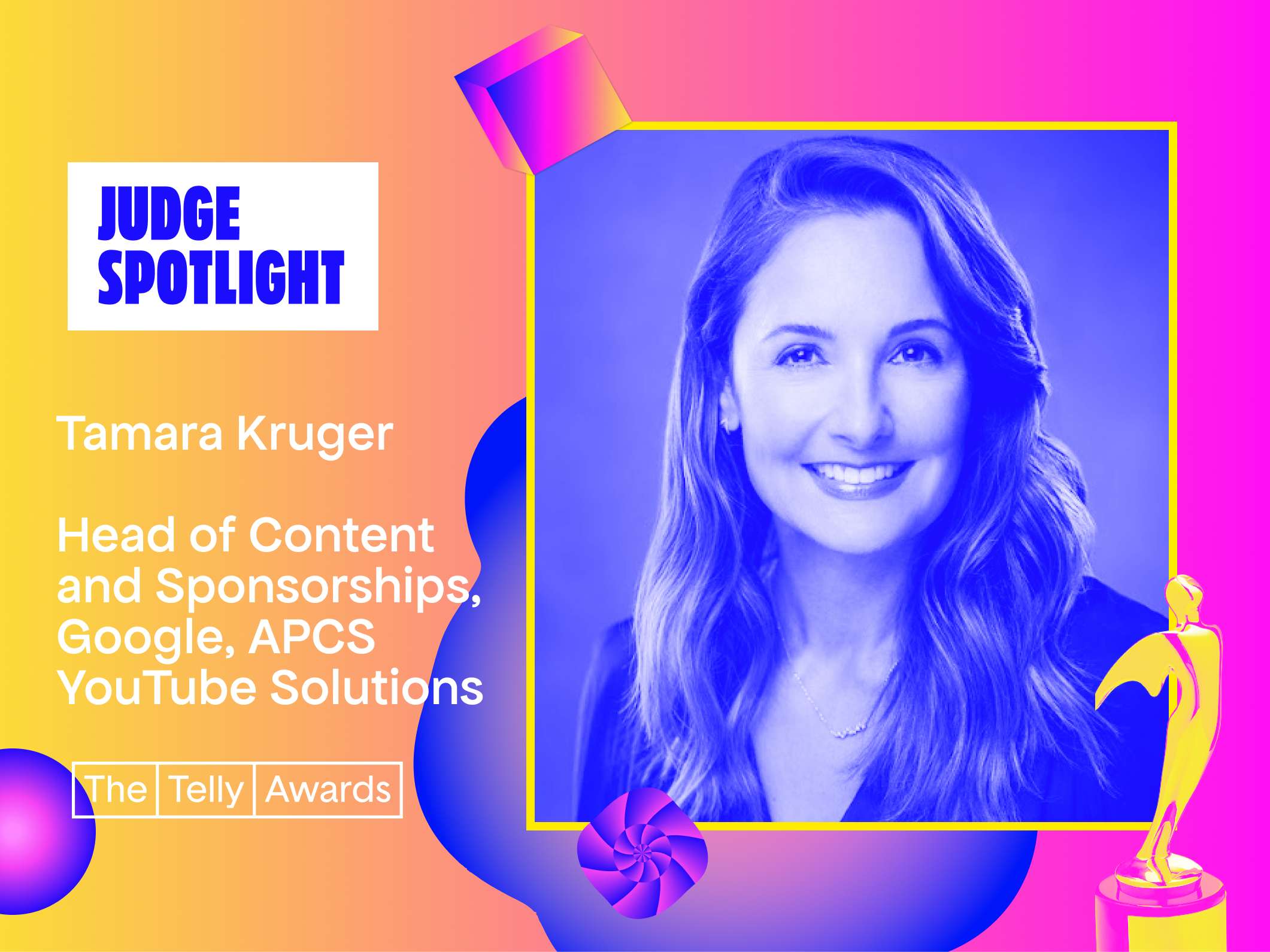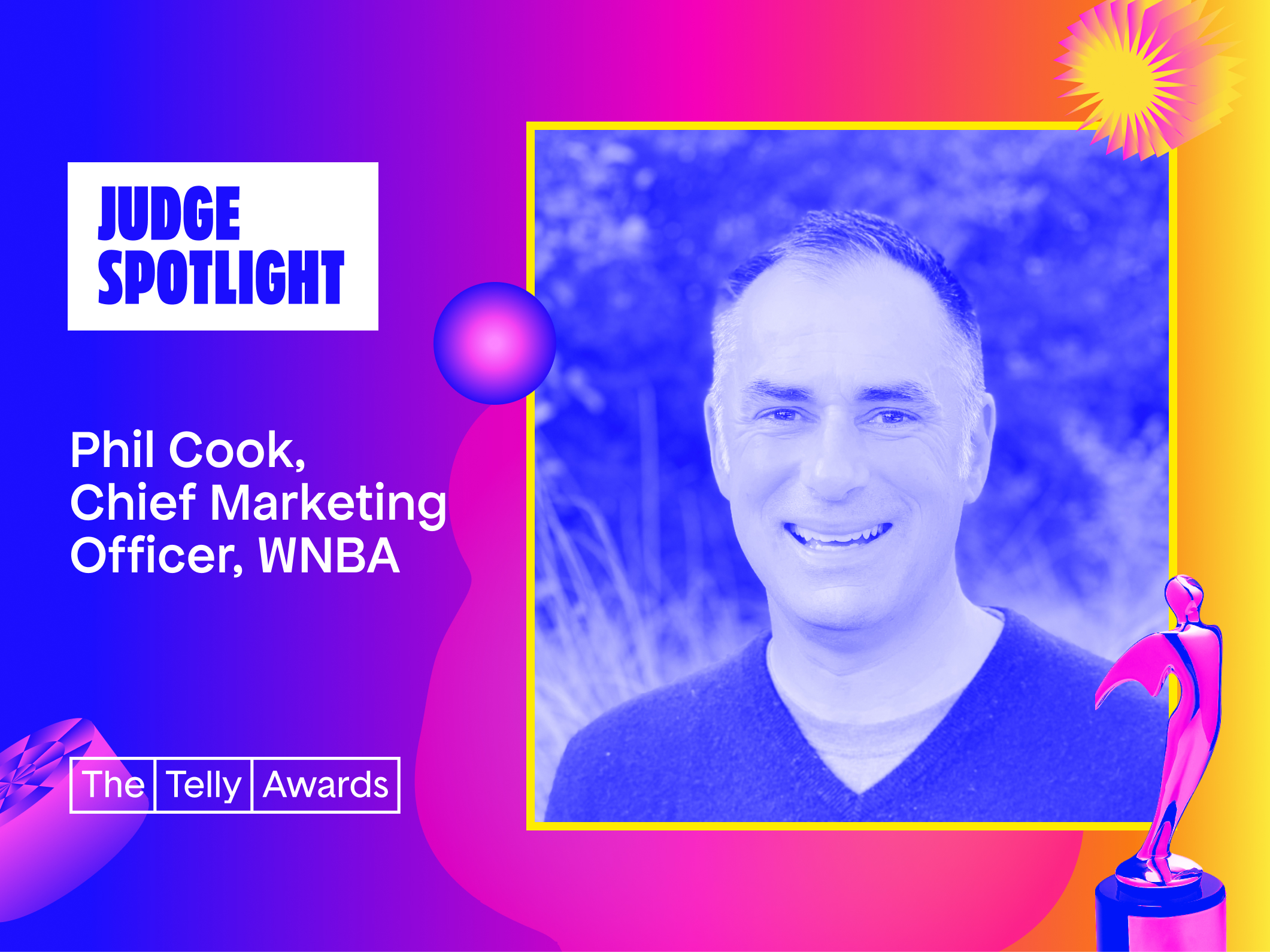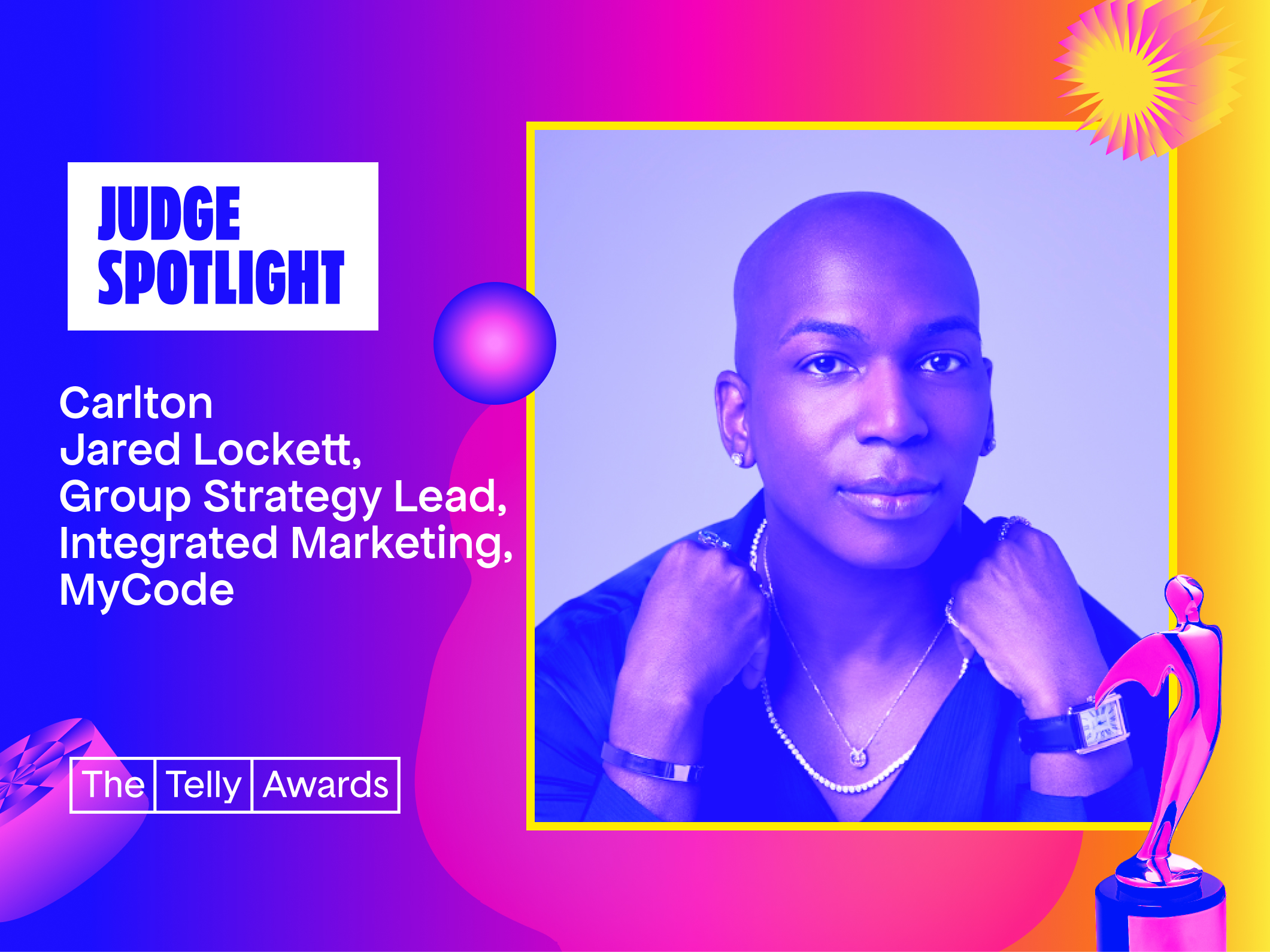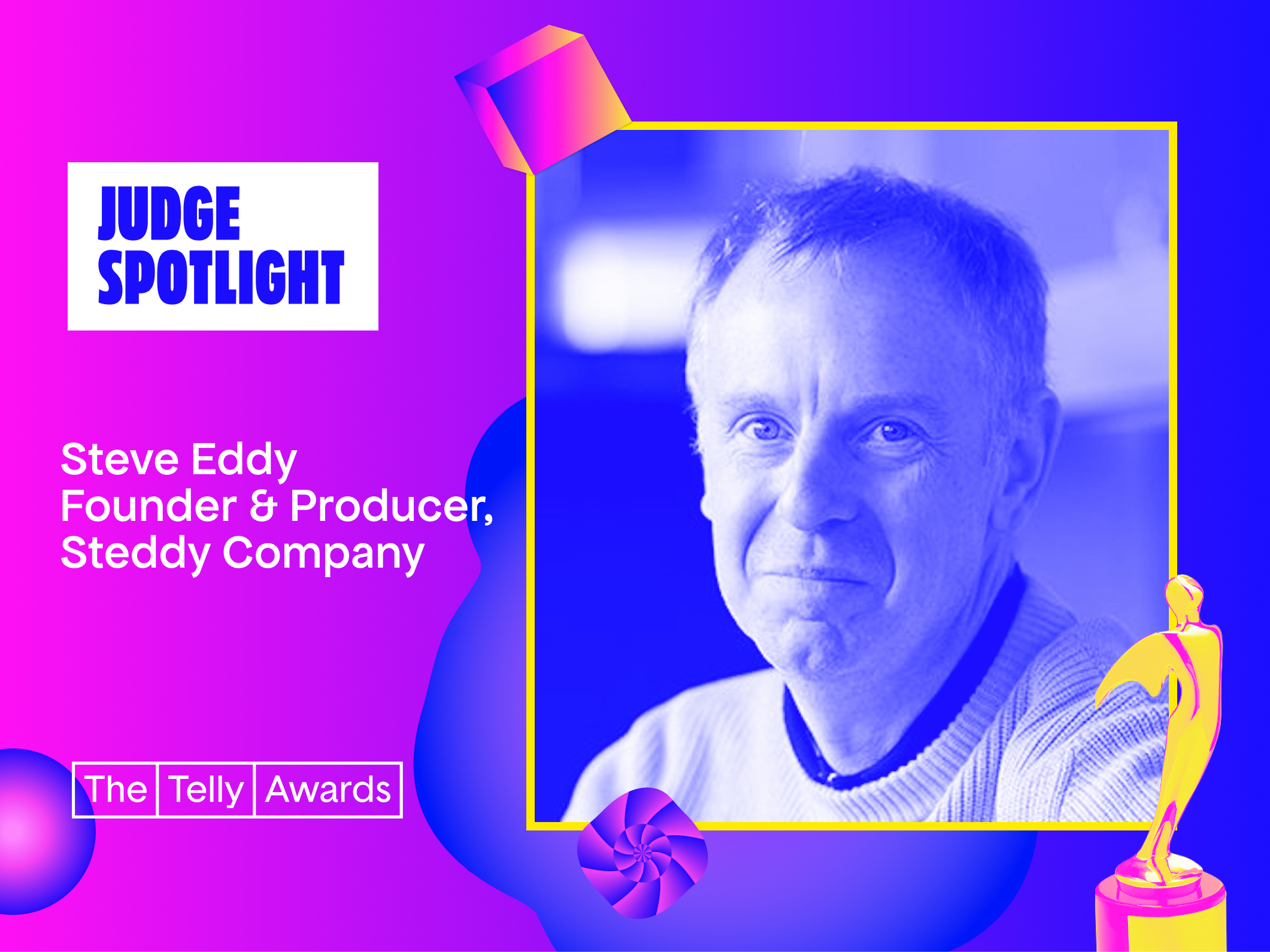Marielle Bobo is an award-winning creative executive, journalist, and storyteller whose 25-year career has shaped culture at the intersection of fashion, media, and innovation. Her styling and creative direction have graced more than 100 magazine covers, defining the visual language of fashion and identity for a global audience. She has held senior leadership roles at iconic brands including EBONY, where, as Editor-in-Chief and Senior Vice President of Programming, she led a digital transformation that introduced motion covers blending photography with AI, AR, and video — reestablishing the brand as a cultural force for a new generation. As Fashion Director at Essence, she expanded the brand’s global fashion footprint and championed Black creatives worldwide. Through her consultancy, BoboHaus, she develops brand strategies and storytelling frameworks for clients across industries and recently contributed to the Metropolitan Museum of Art’s 2025 Costume Institute exhibition, Superfine: Tailoring Black Style. Now serving as Global Head of Content Strategy at Transform — and formerly Vice President of Content at Shoptalk — she designs thought-leadership platforms and live experiences for thousands of the world’s leading executives, inspiring creativity, connection, and progress across six continents. Recognized by the White House and the Library of Congress, her story is preserved in The HistoryMakers Archive, honoring her enduring influence on media, culture, and innovation.
How many years have you been a judge?
This is my first year!
What excited you about judging for the Telly Awards?
What excites me most about judging for the Telly Awards is the opportunity to celebrate and elevate creative excellence across such a diverse range of storytellers. I’m constantly inspired by the innovation, passion, and cultural relevance reflected in today’s visual content, from emerging voices to established creators pushing the boundaries of the medium. Being part of a platform that recognizes that kind of creativity is both an honor and a joy.
What was your first job in the industry? What did it teach you?
My first job in media was as a Fashion Assistant at Condé Nast Publications’ Allure Magazine, where I eventually became an Associate Market Editor. I learned so much then-Creative Director Paul Cavaco, a true fashion legend and co-founder of the renowned PR firm KCD. He taught me the art of styling and visual storytelling—how to build a narrative through imagery, and the discipline and process behind every great creative concept.
From him, I also learned humility and the importance of staying grounded in an industry that can often feel larger than life. During that time, I immersed myself in the work of leading photographers, stylists, art directors, and designers, becoming a student of photography and the anatomy of a stunning image.
Some of my favorite shoots were beauty stories—where something as simple as skincare could evolve into a creative juggernaut through bold themes, inventive art direction, and outside-the-box thinking. That experience taught me to take risks, value a strong point of view, and always start with a killer mood board and a clear vision.
What project are you most proud to have worked on?
The Metropolitan Museum of Art’s 2025 Costume Institute exhibition, “Superfine, Tailoring Black Style” was certainly a bucket-list moment—contributing to such a historic and globally recognized moment was an incredible honor. The opportunity to reshape an 80-year legacy brand that I grew up with, as the first editor to lead EBONY through its rebirth after bankruptcy as the former Editor-in-Chief & SVP was a pinch me moment as well. Helping to rebuild and reimagine a brand so deeply woven into our cultural fabric and usher it into the digital age with groundbreaking motion covers that went viral and won awards was truly transformative.
But what I’m most proud of is the work that allows me to pour into the next generation. As a mentor with the Fashion Institute of Technology’s Social Justice Center—which is dedicated to addressing systemic inequities and increasing diversity and opportunity within the creative industries, especially for BIPOC individuals—I’m able to help build pathways for emerging talent. I also serve as an advisory board member for RAISEfashion, a nonprofit advocating for equity, education, and capital for designers of color, and as an advisor with Latimer.ai, an inclusive artificial intelligence platform featuring a large language model designed to be more representative of the experiences and histories of Black and brown communities and other diverse groups.
These initiatives are deeply meaningful to me because they extend my creative work into purpose-driven action—helping to ensure that the future of storytelling, innovation, and leadership is as inclusive and dynamic as the world we live in.
What’s the most challenging part about your job and/or the industry?
The most challenging part of my work is balancing vision with execution—translating big, transformative ideas into tangible stories, experiences, and strategies that resonate on a human level. Working across industries and mediums means constantly adapting to new technologies, shifting cultural landscapes, and evolving audience expectations, all while staying true to a clear creative point of view.
It can also be challenging to protect the integrity of storytelling in a world that often prioritizes speed and scale over depth and meaning. But that tension is also what keeps the work exciting—it pushes me to find new ways to innovate without losing the soul of the story. At its best, that challenge becomes a catalyst for growth, creativity, and more intentional, impactful storytelling.
What do you look for to determine excellence in video?
Excellence in video starts with intentional storytelling- when every creative choice serves a clear purpose and evokes genuine emotion. I look for a strong point of view, compelling visuals, and a cohesive narrative that connects with audiences on both an intellectual and emotional level. Authenticity is key; when the story feels true and the execution reflects both artistry and craft, that’s when a piece really stands out.
What are your current roles and responsibilities and what do you love most about your job?
In my current role as Global Head of Content Strategy at Transform, I lead the development of storytelling ecosystems and thought-leadership experiences that bring together the world’s most visionary business leaders, entrepreneurs, and creators. This includes building out a network of content products that highlight storytelling celebrating diverse narratives and championing empathy as a driver of innovative thinking around people and culture—ultimately shaping the world’s leading companies and the workplace of the future.
Through my creative consultancy, BoboHaus, I collaborate with brands to design culturally resonant strategies and storytelling frameworks that elevate identity and purpose through visual and experiential expression. A major highlight this year was contributing to The Metropolitan Museum of Art’s 2025 Costume Institute exhibition, Superfine: Tailoring Black Style—the first to explore the Black dandy and fashion’s role in shaping Black identities across the Atlantic diaspora.
What I love most about my work is connecting creativity with impact—crafting stories and experiences that not only move people emotionally but also shift how they think and lead. That’s why being part of the Telly Awards feels so relevant to me. The awards celebrate the same spirit of boundary-pushing creativity and purposeful storytelling that drives my work every day—recognizing the power of video and visual media to shape culture and spark change.
What initiatives or projects are you working on now that excite you?
Right now, I’m deeply excited about a few passion projects that sit at the intersection of culture, creativity, and identity. The first is an anthology I’m developing that celebrates Haitian-born creatives and the vibrant global Haitian diaspora. It’s inspired by my own Caribbean heritage and seeks to spotlight the artistry, resilience, and innovation that have shaped Haitian cultural influence around the world. The second is an anthology on the work of prolific photographer Keith Major, a visionary image-maker whose lens has captured beauty, identity, and transformation across more than three decades.
Finally, I’m also building a groundbreaking multimedia platform and global hub at the intersection of Black art, culture, and technology. Rooted in Pan-Africanism, Afrofuturism, and community, it fosters collaboration, innovation, visionary ideologies and cultural exchange.
These works excite me because they fuse purpose with creativity—exactly the kind of storytelling that drives my work.
Do you have any specific practices you lean on to spark creativity?
For me, creativity is a practice of curiosity and connection. I recharge and spark new ideas by visiting galleries, traveling, immersing myself in nature, or studying other creative disciplines like architecture and music. I’m constantly inspired by conversations with other visionaries and by the cultural moments unfolding around us.
I also believe in the power of stillness. Some of my best ideas come when I create space for reflection through journaling, praying, or simply allowing myself to observe without agenda. That quiet is where concepts begin to take shape.
Ultimately, my creative process is about synthesis: taking insights from art, culture, and lived experience and transforming them into something that feels both timeless and of the moment.
What inspired you to pursue your career path?
My parents were my earliest inspiration. They exposed me to the creative arts at a young age — from dance, piano, and vocal training to frequent trips to Broadway shows, concerts, and live performances. Those experiences taught me to see the world through the lens of artistry and expression. I also come from a long line of educators; my mother and aunt were longtime teachers and principals, and my father and grandmother were avid readers, so learning, curiosity, and storytelling were always central in our home.
My father is from Haiti, and growing up with that cultural heritage gave me a deeply global perspective and a love for diverse narratives. That connection to culture and storytelling inspired me to pursue a career that blends all of those influences—journalism, creativity, and representation. It led me to Howard University, where I immersed myself in Black culture and media, and later to the Fashion Institute of Technology, following in the footsteps of my aunt who shared my passion for fashion and design.
I like to say I’m a Petri dish of all those influences—education, culture, creativity, and storytelling—each shaping how I see the world and the kind of stories I strive to tell.
In your experience, what is a significant change you are seeing happen in the video, television, and/or film industry, and what insight can you share about how to navigate it?
One of the most significant shifts I’m seeing across video, television, and film is the democratization of storytelling. Technology and social platforms have opened the door for creators from all backgrounds to share their perspectives, often outside of traditional systems. This has expanded whose stories are told—and how—giving rise to more authentic, culturally nuanced narratives that reflect the true diversity of our world.
At the same time, the industry is being transformed by advancements in AI and immersive technology, which are reshaping the creative process and audience engagement. The challenge—and the opportunity—lies in using these tools responsibly and intentionally, ensuring innovation enhances rather than erases the human voice at the heart of every story.
My advice for navigating this moment is to stay rooted in purpose. Embrace new technologies, but lead with empathy, cultural awareness, and creative integrity. The future belongs to those who can balance innovation with authenticity—storytellers who understand that progress and humanity must move in tandem.

